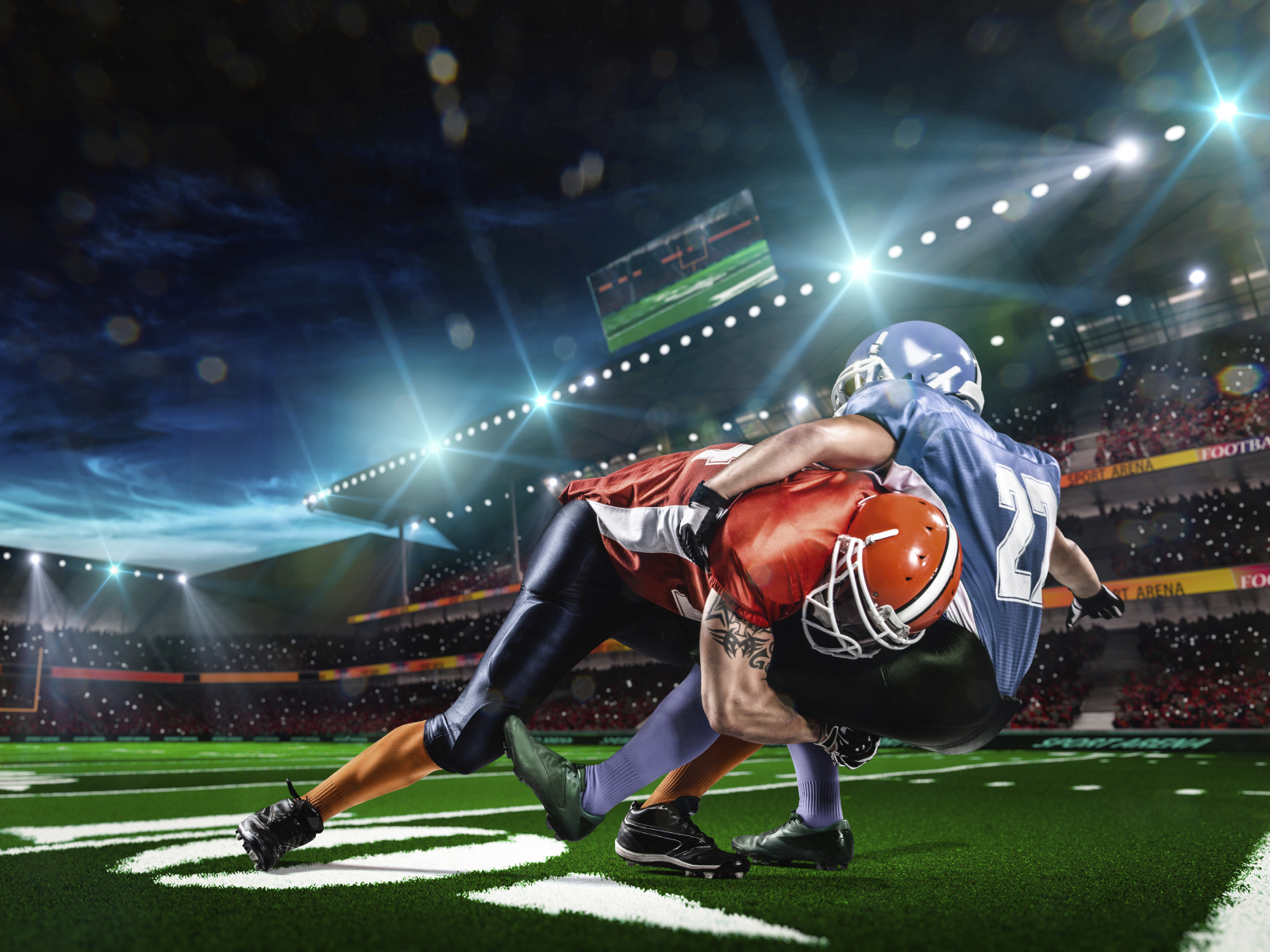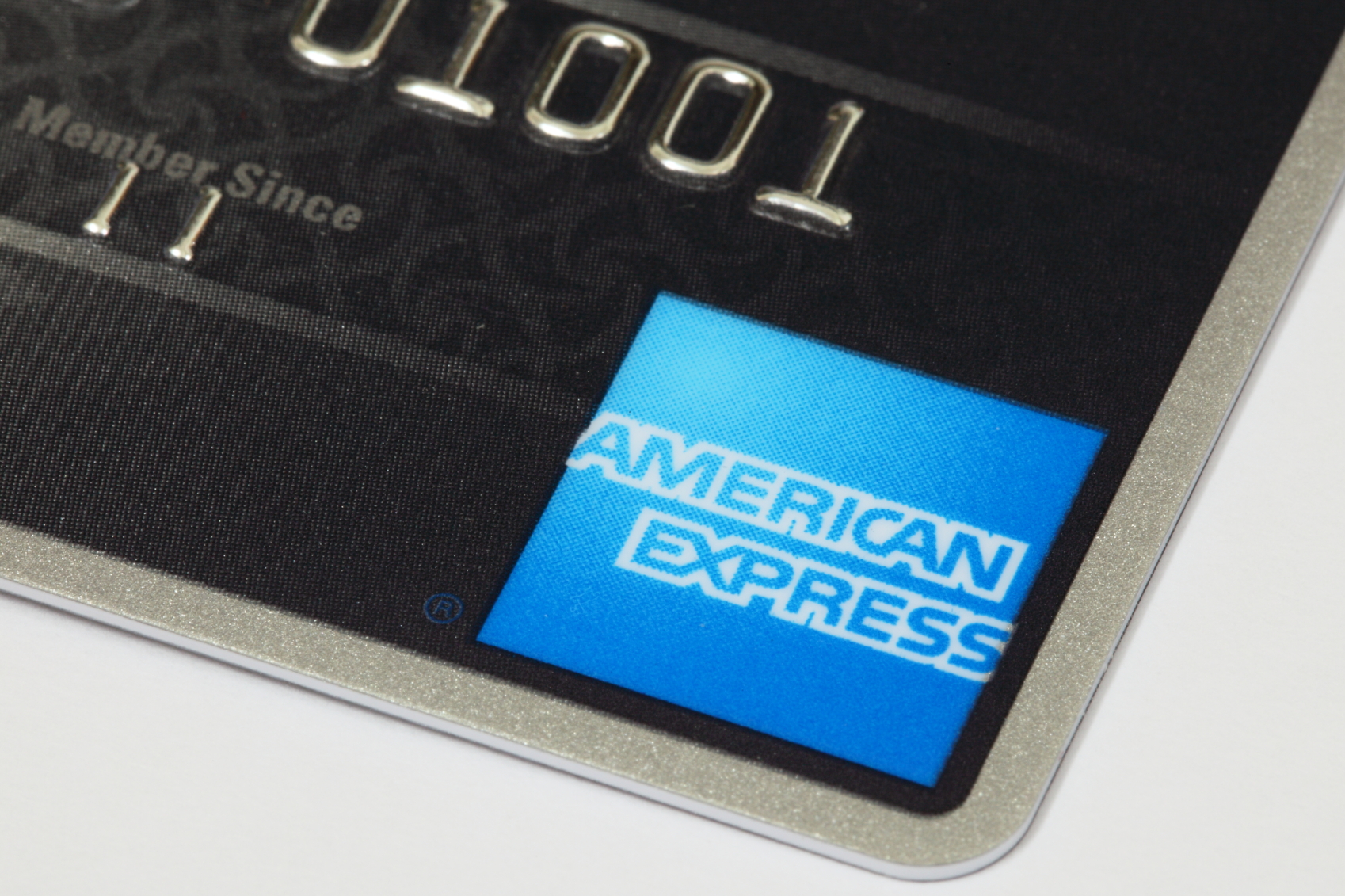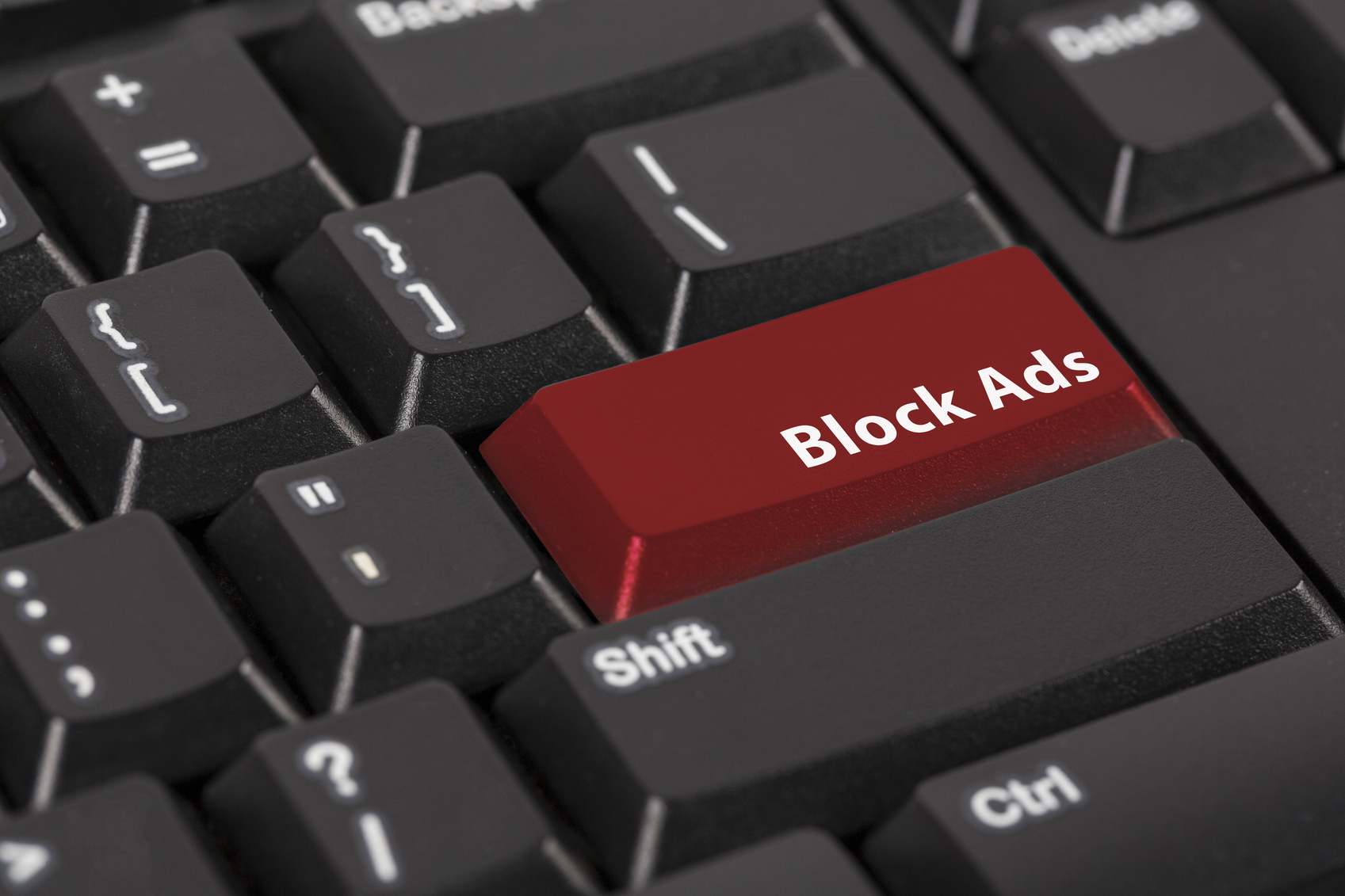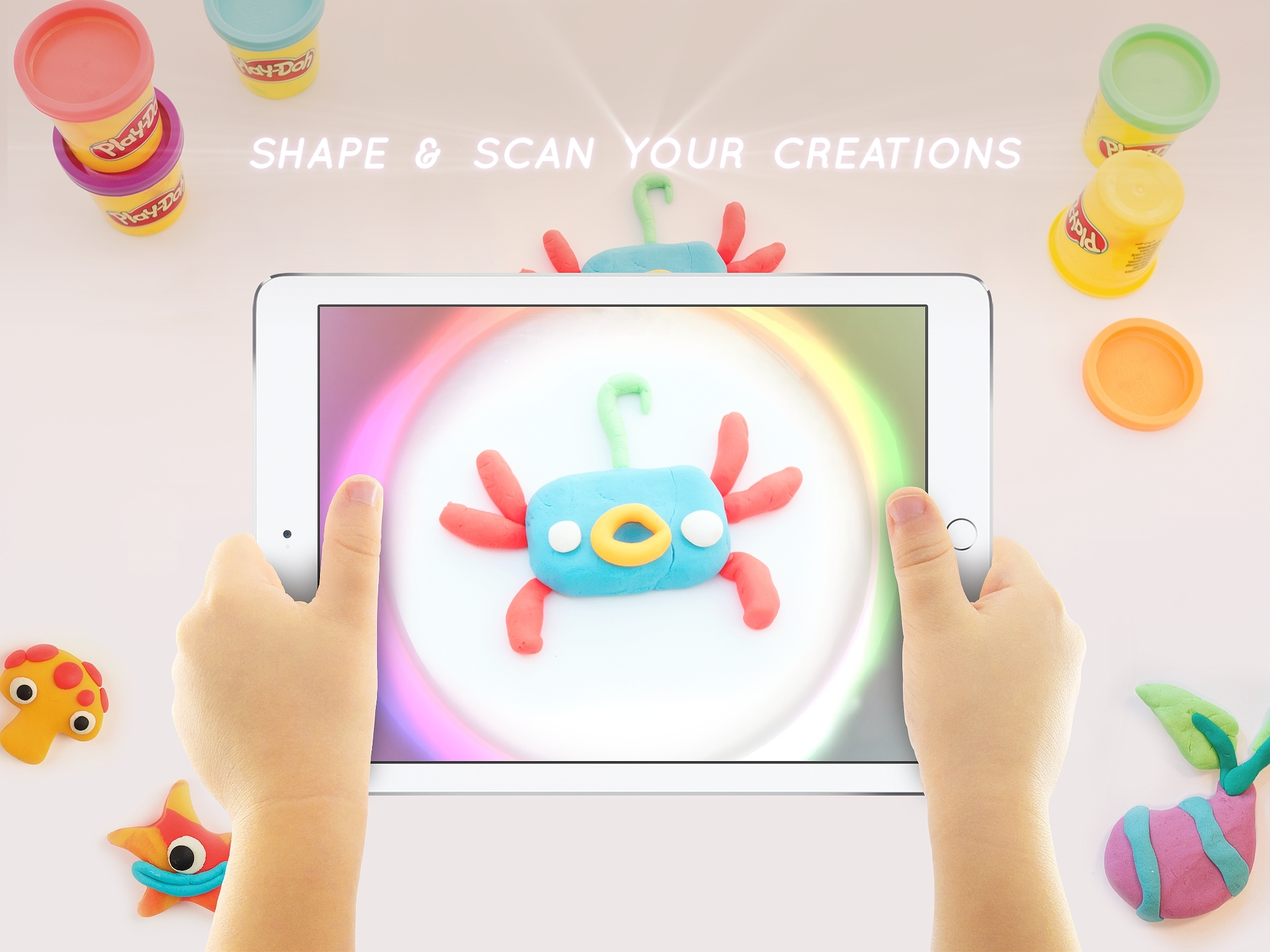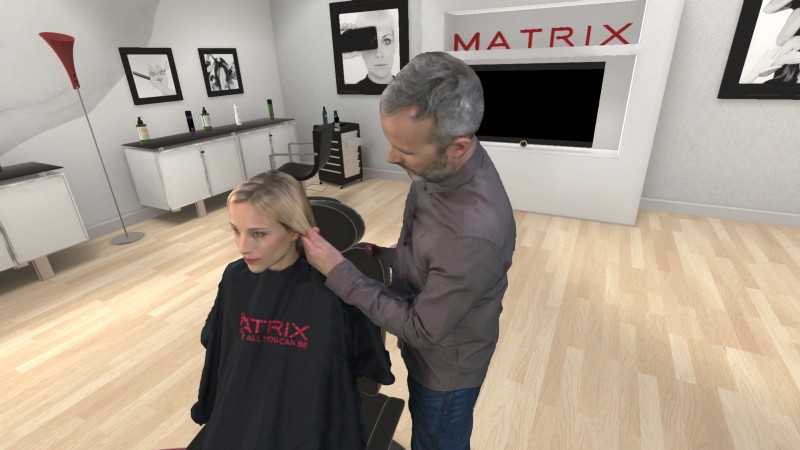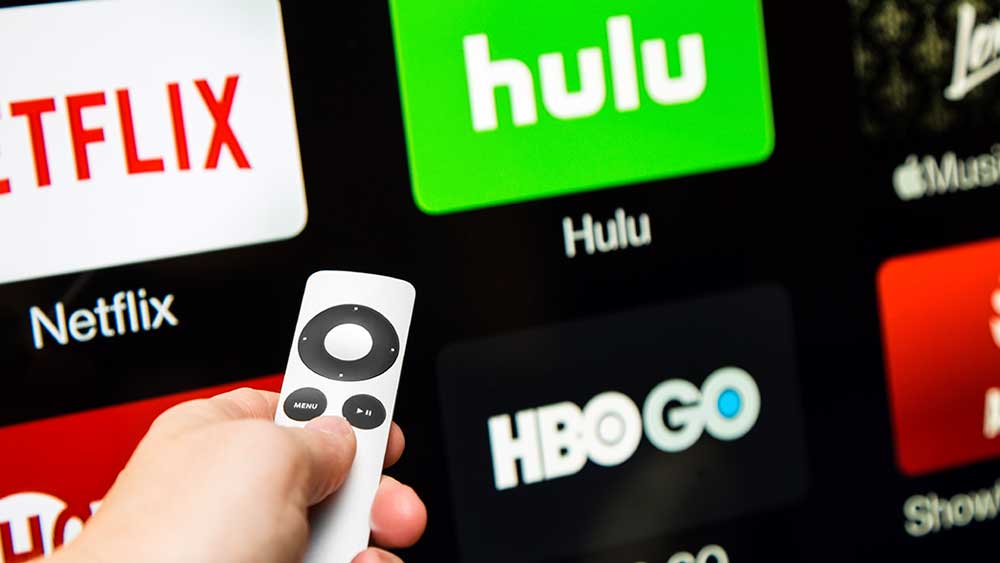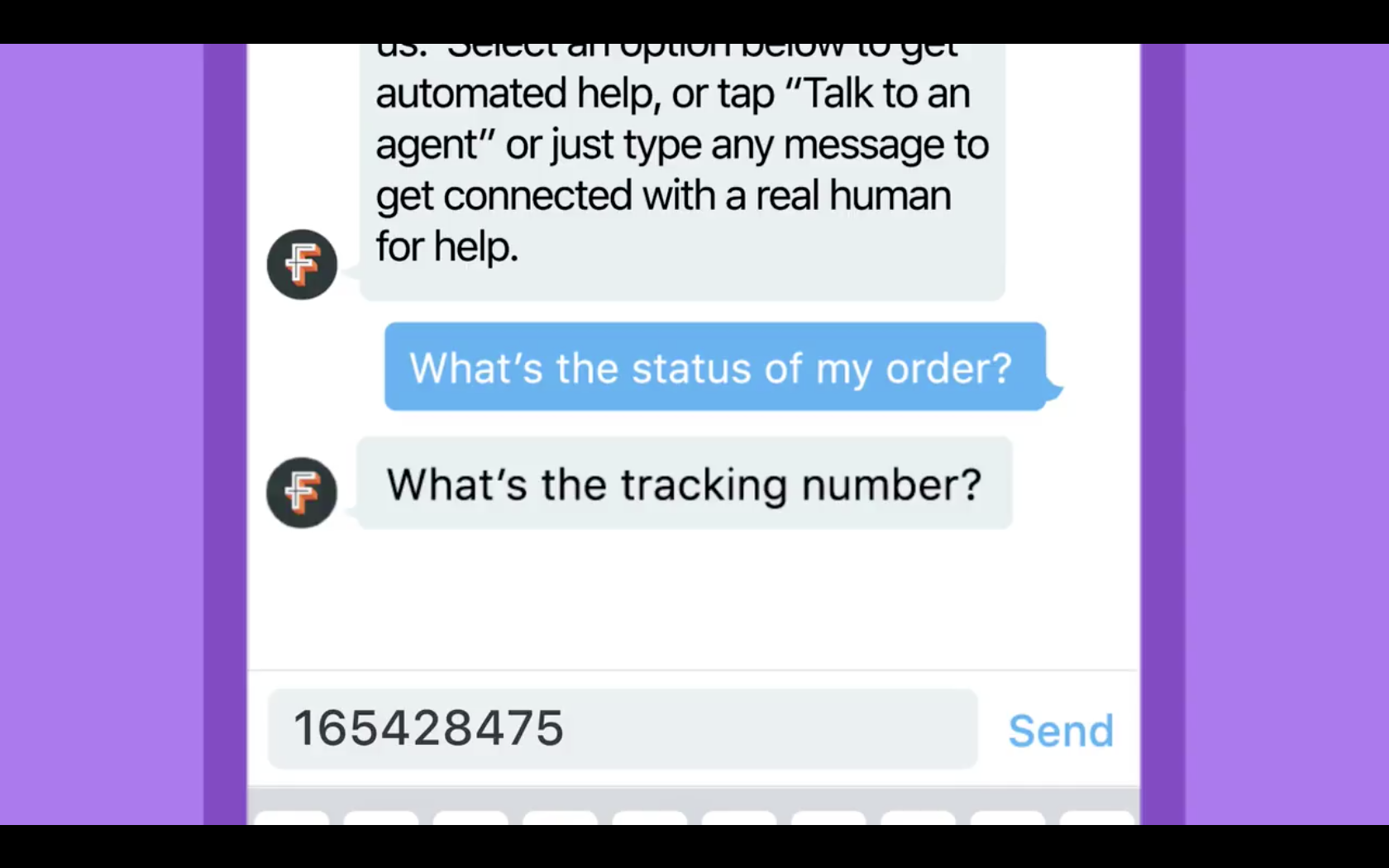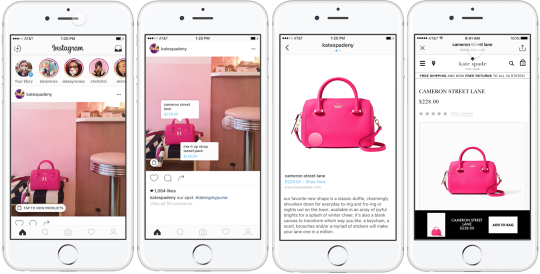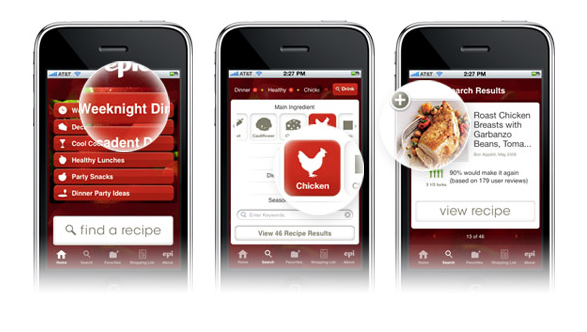What Happened
Continuing its experiments with VR content, the NFL announced it is expanding its partnership with Google to develop a nine-part VR series that will offer viewers a 360-degree perspective of life in and around the NFL. This marks the league’s first foray into producing content in virtual reality. The series will be available to watch via the NFL channel on YouTube, with the first episode scheduled to debut on Thanksgiving Day, as well as via the NFL VR app for Daydream, Google’s upcoming affordable mobile-powered VR headset.
What Brands Should Do
As more and more brand marketers rush into VR to capitalize on the booming popularity of the emerging medium, many fail to come up with a sustainable, long-term VR strategy that fits their brand. The NFL, however, avoid this rather short-sighted approach by developing this multi-episode VR series, which could attract more football fans to try out VR viewing. Brands should take a cue and start developing VR content that truly enhances brand messaging and contributes to the campaign objectives.
The Lab currently has four VR headsets — an Oculus Rift, an HTC Vive, and two Samsung Gear VRs — ready for demos. Virtual reality is something that has to be experienced to be understood, so come by the Lab and ask for a VR demo to get a hands-on experience and figure out how your brand can use it to excite and engage with consumers.
Source: TechCrunch
